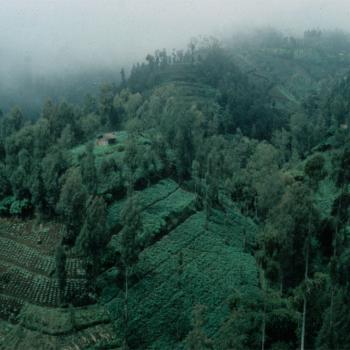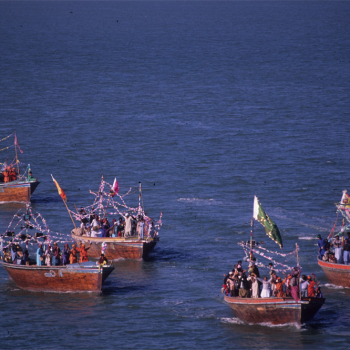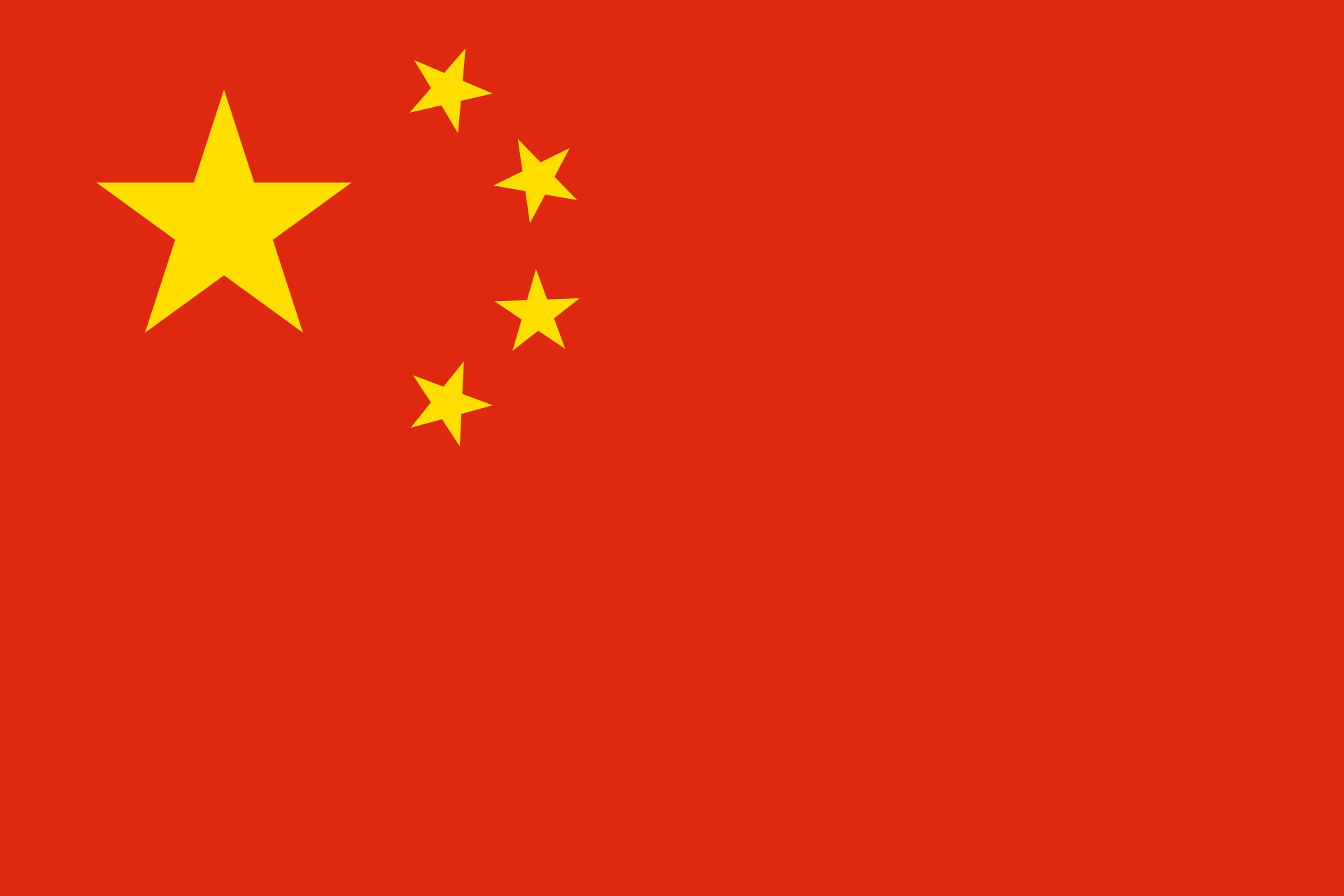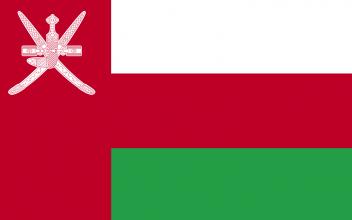Trade contacts along the Southern Silk Road transported not only goods but also cultures and religions, most notably spreading Hindu-Buddhist culture from India to the east. Archaeological excavations in Indonesia and the Malaysian Peninsula reveal religious buildings modeled on Indian proto-types, and there is evidence that scripts and languages were also transmitted via these routes. Thus the archaeology of this region reveals a network of trade and accompanying cultural exchange extending throughout South-East Asia.
Macao and Manila were two very important trade centers in the sixteenth and seventeenth centuries, trading silk, silver and porcelain from China to the west. Much of this was due to their geographical position, acting as a gateway between China, Japan, India and America. This led to growing European interest in dominating the Macao-Manila routes, especially amongst Portuguese traders.
The third millennium BC witnessed the growth of urban societies in South and South-West Asia, and the development of trading routes in order to connect these societies. Routes across sea and land start to be mentioned in Mesopotamian documents from this time, whilst archaeological excavations of the Persian Gulf reveal artefacts that attest to the interaction of South-West Asia with Afghanistan, Iran, and Central Asia.
The relations between China and Oman in the eleventh to fifteenth centuries can be witnessed in the existence of Omani names in Chinese literature from this époque. Sayyid Bin Abu Ali was an Omani who appears to have lived in China in the thirteenth century, marrying a Korean lady and dying in Beijing in 1299. His life is commemorated in an inscription, an important trace of the international mobility that was possible across Central Asia in this period.
The underwater archaeological sites in the Gulf of Siam have revealed a wealth of ships and artefacts, all related to the intense trading activities that went on between China and the Near East and Europe, passing though modern Thailand. The peninsula formed a shortcut for trading vessels, some of whom were importing ceramics, silks and satin from China to the west, and others who were carrying timber products, leather and lead to other Southern Asian countries.
The discovery of a fourteenth century Arabic gravestone of a Muslim sultan in Brunei has very interesting implications for the history of Islam in Brunei and more broadly in Malaysia and Indonesia. It strongly suggests that Brunei was an established Muslim kingdom from 1301 onwards, thus raising new questions about the spread of Islam and the influence of China as well as Arabia, Persia and India in the expansion of Islam as a world religion.








